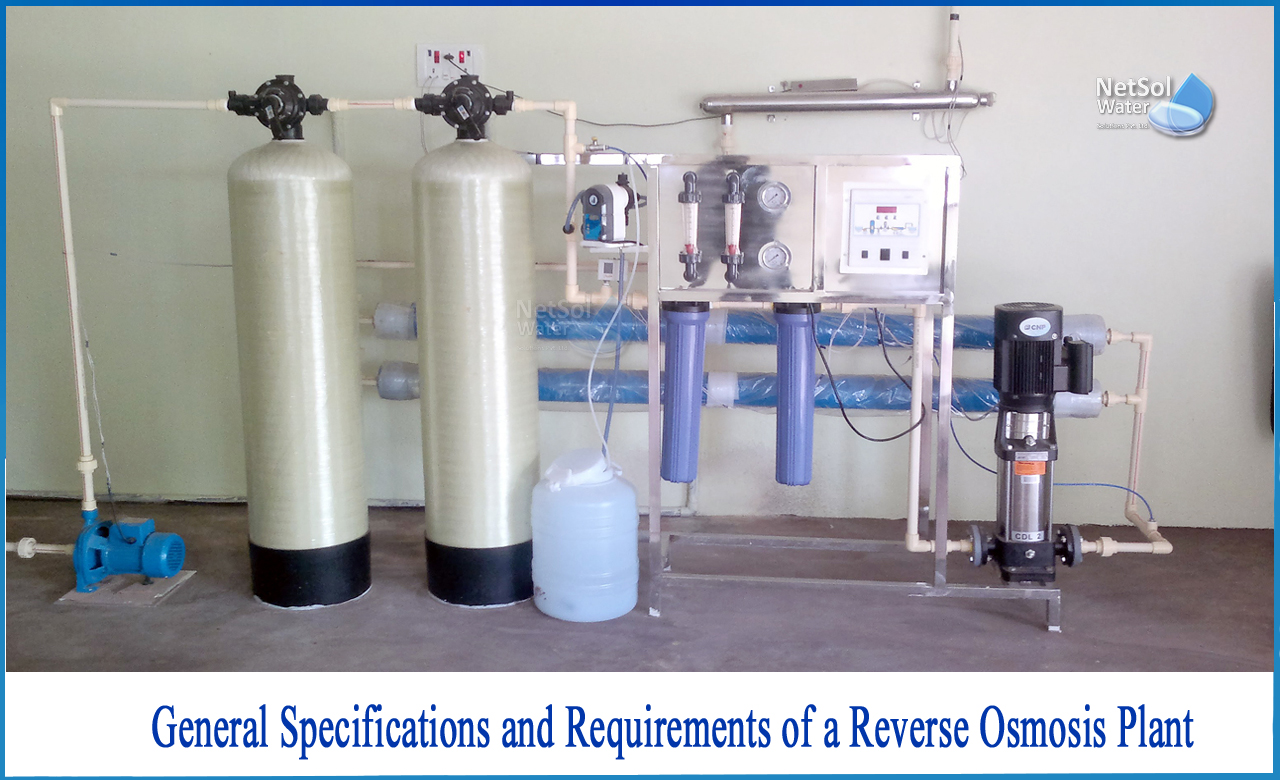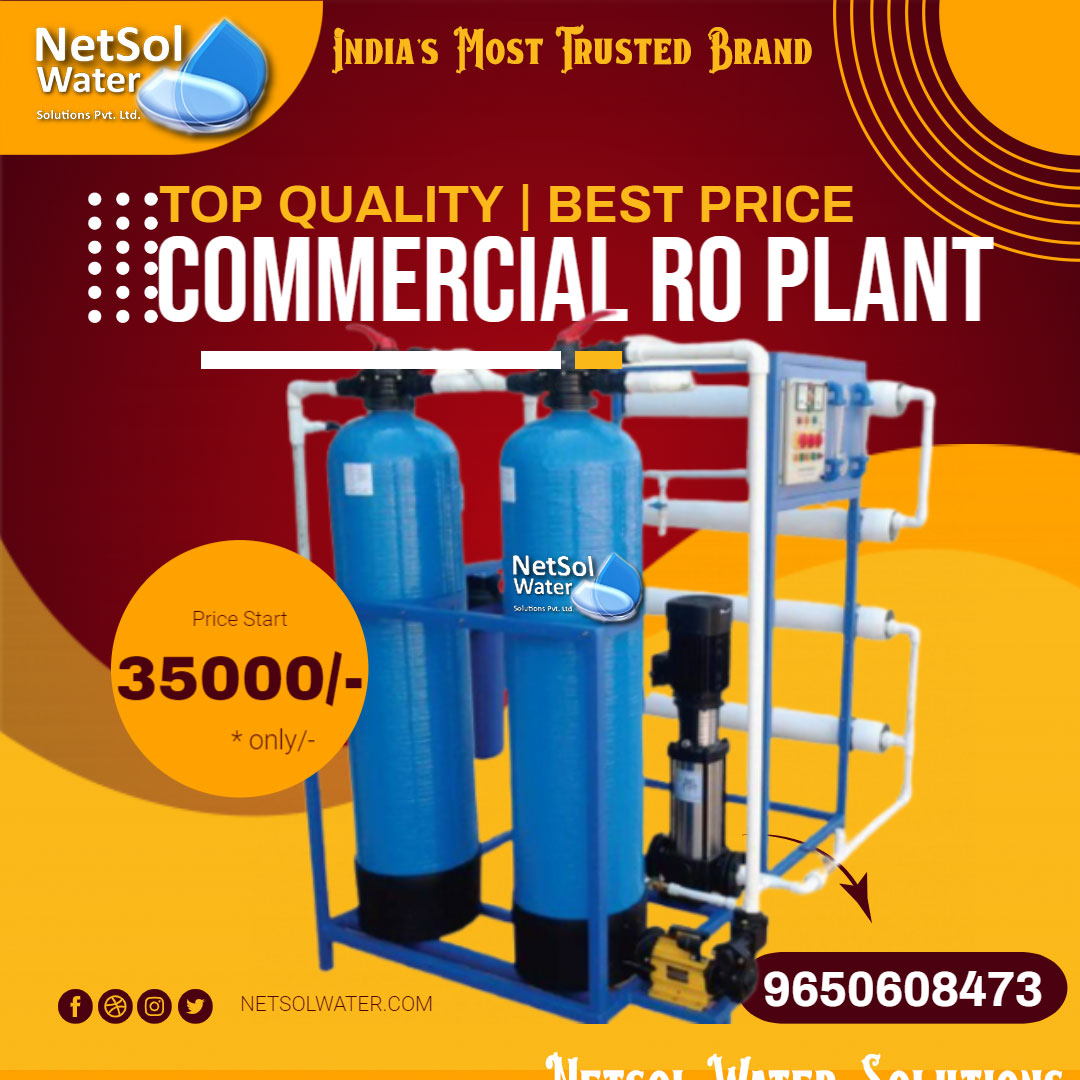Reverse osmosis works in two different ways to remove pollutants:
1: One is based on the electrical charge of ions causing resistance to their passage. The elimination of ionic contaminants is carried out by this process. Ionic charge causes even the smallest molecules to be rejected. The removal effectiveness of this mechanism is in the region of 96-99%, but this varies depending on the membrane and ionic charge.
2: The ultrafiltration effect, in which the microscopic pores of reverse osmosis membranes act as molecular filters, is the other mechanism for contaminant removal. The molecular size cut-off is around 14-20 nanometers. Only a few organic molecules have a molecular size of less than 14-20 nanometers. Methanol, formaldehyde, formic acid, and ethanol are some examples.
RO membranes and gas removal
Because the RO membrane rejects impurities based on their size and charge, many gases with low molecular weight, such as carbon dioxide, hydrogen sulphide, methane, and ethane, will pass via reverse osmosis. Properly operating reverse osmosis (RO) system will reject any contamination, which has a molecular weight greater than 200. As CO2 is transformed to carbonic acid in the feed water, the permeate water can have a slightly lower pH level.
Notes: Any contaminant with a molecular size greater than the cut-off limit will be virtually totally rejected. Any contaminant with a molecular size below the cut-off threshold will almost completely pass through. RO does not remove some pesticides, solvents, or volatile organic compounds (VOCs).
What are the General Specifications and Requirements of a RO Plant?
The general specification of a reverse osmosis (RO) plant can be as follows or as determined by the tendering authority-
i) The system must be fully constructed, pre-piped, pre-wired, and skid mounted.
ii) The system must feature a microprocessor-based control panel with built-in process logic for ease of use.
iii) The system must be able to start and stop automatically dependent on the water level in the supply tank.
iv) The system must have an electrical panel and an MCB for plant protection, as well as an integrated raw water pump.
v) The system must have integrated pre-treatment modules for suspended particles removal as well as a pressure gauge.
vi) The system must include a low/high pressure switch to protect the high-pressure pump.
vii) The system must use a General Electric (GE) membrane.
viii) For durability, a glycerin-filled stainless steel pressure gauge can be provided.
ix) For flow measurement, an online rotameter will be provided.
x) To adjust taste/TDS, a blending cartridge can be provided, followed by UV disinfection for complete safety. Filters should be backwashed automatically in the system.
xi) The system must be capable of operating 24 hours a day, 365 days a year, using semi-treated water from a bore-well or municipal water source.
xii) Water recovery (as a component of treated water) should be in the range of 40% to 60%. The waste/rejected water can be stored separately if needed, using an appropriate pump.This water can be used for gardening, cleaning, or even flushing the toilet.
The best Commercial & Industrial RO plant manufacturers in India!
Netsol Water collaborates with a wide range of international organizations to tackle complicated problems of RO by strategically integrating modern treatment technology with practical solutions. We can also provide a good framework of plumbing connections of RO plants.
Our plants are made with great care and attention to detail, which is why they function so well. Our systems can provide clean, pure, filtered water if your company/industry uses it. These plants are both cost-effective and efficient, capable of generating thousands of litres of pure, filtered water.




